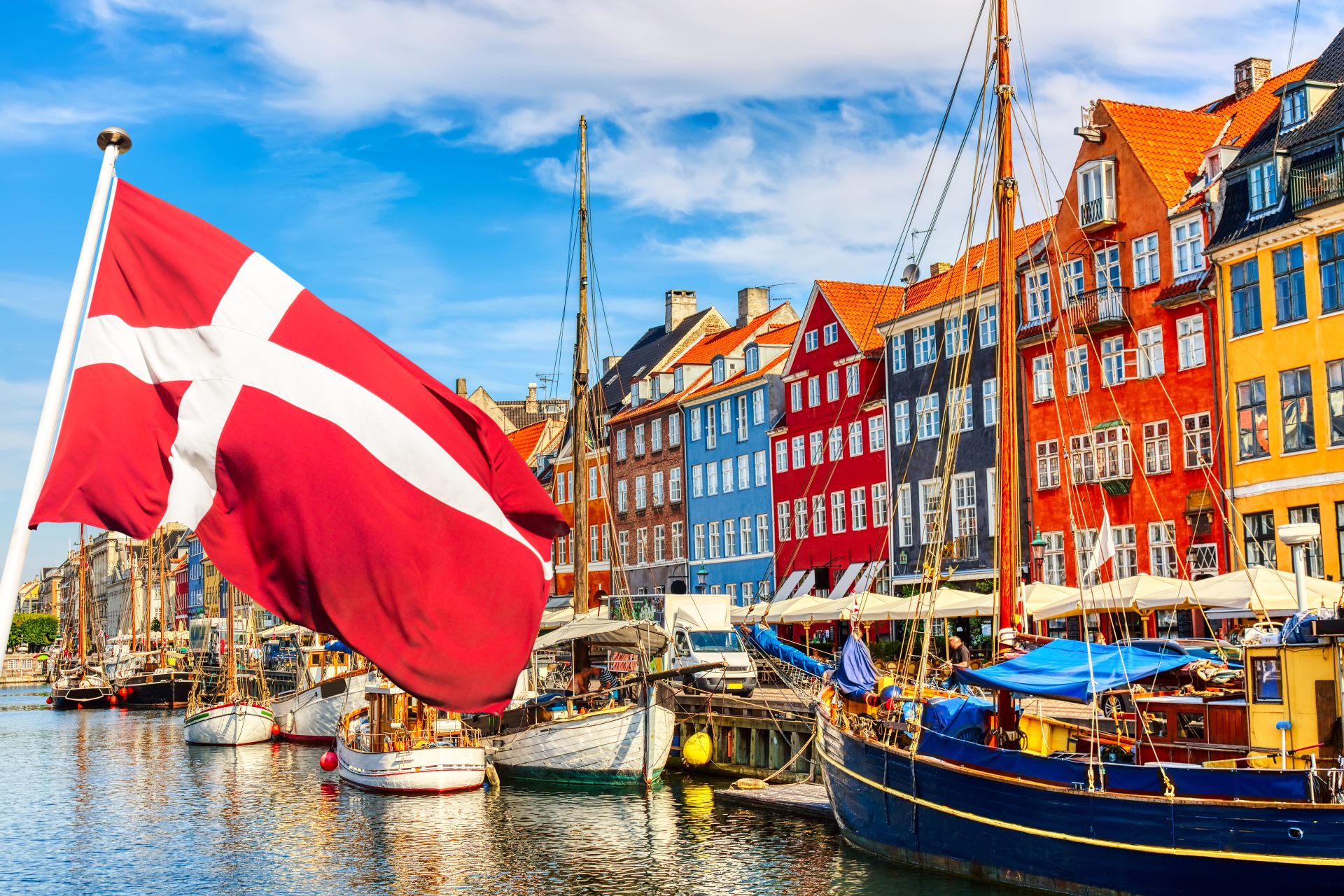Denmark’s efforts began in 2021 with a revision of official dietary guidelines, advocating a modest meat intake of 350g per week per adult. This move is in line with the scientific recommendations of the EAT-Lancet committee and represents a vital change in dietary norms. The Danish government did not stop there. The company has launched a plant-based food action plan, labeling vegan food as “the future” and setting out strategies to expand its demand and supply. A remarkable DKr675m ($98m/£78m) fund has been allocated to promoting plant-based diets, alongside a proposed carbon tax on agriculture.
This pioneering approach may seem surprising, given Denmark’s love of pork and its status as a major pork exporter. But the country’s ability to find common ground and work together across different perspectives is helping this change. By partnering with organic farmers and the country’s leading agricultural organizations, the Danish Vegetarian Association has succeeded in building consensus on the economic opportunities offered by organic plant-based products.
Denmark’s transformation stands in sharp contrast to the situation in other countries, where the transition has been met with resistance. In the Netherlands, farmers protested against proposed cuts to livestock, and in Italy, the government opposed cultured meat due to its impact on culture and agriculture. There is also a backlash against dietary changes in the UK, with political leaders and national farmers’ unions resisting calls to reduce meat consumption.
Despite these challenges, Denmark’s example offers hope. The country has invested in both high-tech and low-tech solutions, from developing new fermented products to educating chefs on how to prepare vegetables and legumes. This dual approach highlights the need for both innovation and tradition in our approach to sustainable diets.
Denmark’s strategy shows that while incentives (carrots) are essential to achieving important environmental goals, regulatory measures (sticks) may also be necessary. With agriculture expected to account for a significant portion of Denmark’s greenhouse gas emissions by 2030, a proposed carbon tax on agriculture could be an important next step.
Denmark’s leadership in this area not only sets a precedent for other wealthy countries, but also has the potential to influence global dietary trends. With the world watching, Denmark’s commitment to a sustainable, plant-based future could be the catalyst needed for a global shift to a greener diet.
Related content:
Simple ways to help the planet:
- Reduce meat intake: download food monsteris the largest plant-based recipe app on the App Store that helps you reduce your environmental footprint, save animals, and get healthy. You can also purchase hard or soft copies. Favorite Vegan Cookbook.
- Reduce the footprint of fast fashion. Take action against fast fashion pollution and take the initiative by supporting sustainable and circular brands. tiny rescue Raise awareness about important issues through zero-waste, recycled clothing designed to be returned and remade over and over again.
- Supporting independent media: Public funding gives us a better chance of continuing to provide high quality content.Please think about it supports us By donating!
- Sign the petition: Your voice matters! You can turn your petition into a victory by signing the latest list. Must sign the petition To help people, animals and the planet.
- Stay informed: Subscribe to get the latest news and important articles on animals, environment, sustainable living, food, health and human interest. our newsletter!
- Please do what you can: Reduce waste, plant trees, eat local, travel responsibly, reuse things, say no to single-use plastics, recycle, vote wisely, switch to cold washing, fossil Retire from fuel, conserve water, shop wisely, donate when you can, grow food, volunteer, save energy, compost. And don’t forget about microplastics and microbeads that can be found in common household and personal care products.
